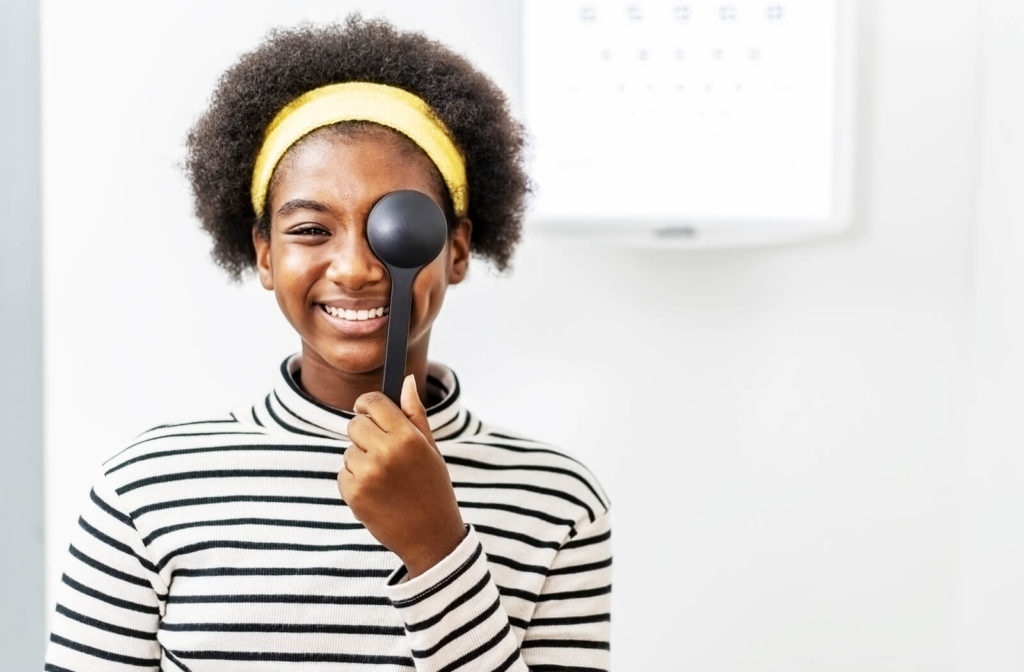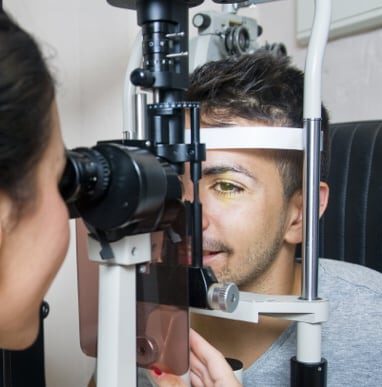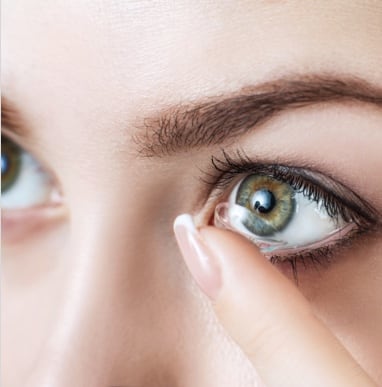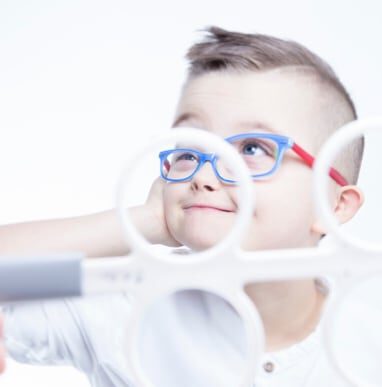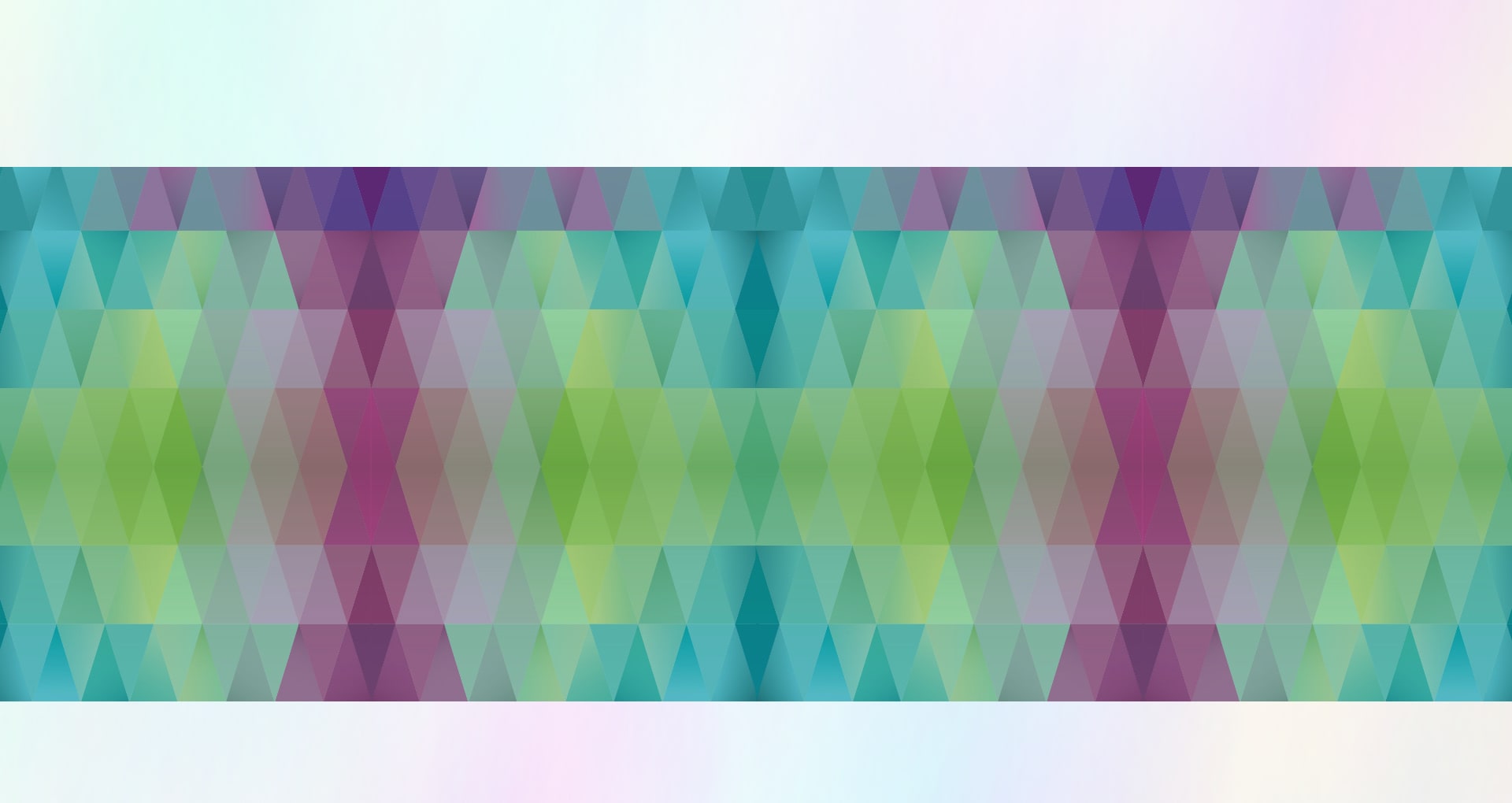It can be difficult for a child to recognize issues in their vision. Because they often don’t have a comparable frame of reference, many children don’t realize their vision is “blurry” or “misaligned.”
Many adults struggle with eye strain, headaches, and eye fatigue from their daily routine. With the increased need for screens and the fast pace of daily life, it’s not surprising that many of us experience strain on our eyes.
While there are a variety of treatments available to help address these issues, there’s one treatment that stands apart.
Vision therapy is a highly effective treatment for children and adults who could benefit from training their visual system. Vision therapy can help you see more clearly and comfortably.
What Is Vision Therapy?
Vision therapy is like physical therapy for your visual system. Your visual system is comprised of your eyes, eye muscles, brain, and related nerves and tissues. With vision therapy, patients can improve the function and comfort of their visual system.
During a vision therapy session, the patient participates in a variety of exercises and activities to train the visual system to work more efficiently. These exercises and activities are tailored to the patient’s unique needs, preferences, age, abilities, and other medical factors.
Each vision therapy session can differ from one person to the next.
What Should I Expect from Vision Therapy?
Vision therapy typically involves a series of visual exercises crafted to the patients’ needs. They use a variety of tools, such as specialized lenses, prisms, patches, filters, balance boards, and digital simulations to train the eye-brain connection.
These sessions usually take place in a behavioral optometrist’s office on a weekly basis under the supervision of a trained vision therapist. The goal of each session is to help the patient develop their visual skills, such as eye teaming, visual processing, eye control, and more.
With technology continuing to advance, vision therapy tools and techniques are improving.
Who Can Benefit from Vision Therapy?
Vision therapy is designed for people of every age.
Children can improve their academic performance and confidence through vision therapy. Adults can improve their work performance and overall visual comfort.
Some skills improved through vision therapy include:
- Oculomotor control (eye-tracking & eye muscle movement/control)
- Binocular function
- Accommodation (focusing close up)
- Visual-motor control (hand-eye coordination)
- Visual-spatial function (depth perception & spatial awareness)
What Does Vision Therapy Treat?
Amblyopia & Strabismus
Amblyopia is an eye condition also known as “lazy eye” and occurs when one eye is unable to coordinate with the other, sometimes resulting in vision issues.
Strabismus is an eye condition also known as “crossed-eyes” and occurs when the eyes don’t align with each other, which can result in vision issues, too. These eye conditions can occur in patients as young as 1 to 3 years old.
Vision therapy provides meaningful exercises that help correct these conditions.
Binocular Coordination
Binocular coordination refers to the ability of the eyes to work together. Deficiencies in binocular coordination can impact depth perception, ability to read and write, and even the capacity to drive.
Vision therapy can help correct these deficiencies.
Injury & Special Needs-Related Vision Problems
Sometimes, vision therapy is prescribed to treat brain injuries and neurological issues, such as concussion recovery or nerve palsy.
Depending on what the patient needs, activities can be curated to help improve skills that were impacted or lost as a result of these issues.
Learning & Developmental Issues
Vision therapy is a very effective treatment for children who need help processing information. Some conditions, like ADHD or dyslexia, can be misdiagnosed as learning, developmental, or behavioral issues. In reality, there can be an underlying visual issue causing the child’s problem.
By improving visual skills such as eye-tracking and eye-hand coordination, a child can improve their performance and confidence in reading, handwriting, and learning.
Sports Vision Issues
Clear, comfortable vision is critical for playing sports. This includes hand-eye coordination, eye tracking, focusing, and clarity of vision, among others. Vision therapy can help enhance a patient’s sports performance by training these skills.
Stress-Induced Symptoms
Eye strain, headaches, and blurred vision are all common indicators of stress on your vision. Vision therapy can detect these stresses and help address the impact on your visual system at the source.
Talk to Your Optometrist
While vision therapy isn’t necessary for every person, it’s an incredibly helpful treatment for patients who could benefit from training their visual system.
If you or your child experience any of the issues explored in this blog post, we encourage you to reach out to our team. We can perform an evaluation to see if vision therapy is right for you. Contact us today to book your appointment. You can enjoy clear, comfortable vision.


